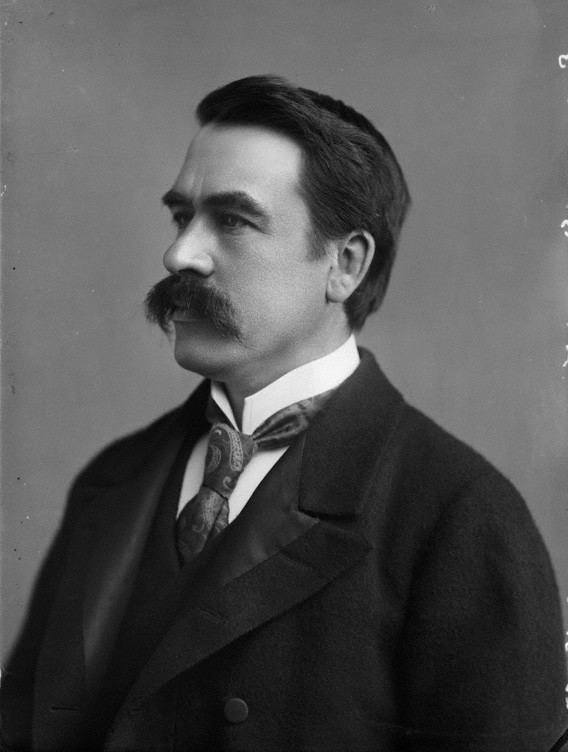Nationality English Party Conservative Party Role Politician | Name Martin 1st Other names Martin Conway Children Agnes Conway | |
 | ||
Died April 19, 1937, London, United Kingdom Books The Book of Art for Young Pe, The Alps from End to End, The First Crossing of Spitsberg, The woodcutters of the Net, No Man's Land: A History of Similar People Prince Luigi Amedeo, Francis Younghusband, Douglas Freshfield, J Norman Collie, Arnold Lunn | ||
William Martin Conway, 1st Baron Conway of Allington (12 April 1856 – 19 April 1937), known between 1895 and 1931 as Sir Martin Conway, was an English art critic, politician, cartographer and mountaineer.
Contents
- Background and education
- Mountaineering
- Academic career
- Political career
- Works on art
- Mountaineering and travel works
- Autobiography
- References
Background and education
Conway was born at Rochester, England, on 12 April 1856, the son of Reverend William Conway, who later became rector of St. Margaret's, Westminster. He was educated at Repton and Trinity College, Cambridge, where he studied mathematics and became a close friend of Karl Pearson. He became interested in woodcuts, engraving and early printed books; his History of the Woodcutters of the Netherlands in the Fifteenth Century was published in 1884.
Mountaineering
Conway was a member of the Alpine Club, of which he was president from 1902 to 1904.
In 1892, in the course of an exploring and mountaineering expedition undertaken under the auspices of the Royal Society, the Royal Geographical Society and the British Association, he made an ascent of a subsidiary summit of Baltoro Kangri, claiming a world altitude record with a height of 23,000 ft (7,010 m). However, subsequent measurements have revised his height to 22,322 ft (6,804 m). In 1896–97 he explored the interior of Spitsbergen, and the following year he explored and surveyed the Bolivian Andes, climbing "Sorata" (known today as Ancohuma, 21,086 ft / 6,427 m) and Illimani (21,122 ft / 6,438 m). He also attempted Aconcagua (22,831 ft / 6,959 m) stopping short of the summit by 50-ft and explored Tierra del Fuego making an attempt on Sarmiento. At the Paris exhibition of 1900 he received the gold medal for mountain surveys, and the Founders Medal of the Royal Geographical Society in 1905.
He served as President of the Alpine Club for 1902–04 and became the first president of The Alpine Ski Club at its inaugural meeting in 1908.
In 1924, Conway evaluated evidence from the 1924 British Mountaineering Expedition and believed George Mallory and Andrew Irvine had climbed Mt. Everest.
Academic career
From 1884 to 1887 Conway was Professor of Art at University College, Liverpool; and from 1901 to 1904 he was Slade Professor of Fine Art at Cambridge University. He was knighted in 1895 for his efforts in mapping 5,180 square km of the Karakoram Range in the Himalayas three years earlier.
In 1889 he published a book concerning his research on Albrecht Dürer. He was assisted in this by the polymath Lina Eckenstein who was the sister of a fellow mountaineer.
Political career
Conway had been involved in politics for some time, consorting with both major parties allegedly in pursuit of a knighthood and a barony; he received both. He was mentioned as a possible liberal candidate for Wolverhampton South in early 1900, but withdrew his candidature 'owing to domestic circumstances'. He was elected Unionist Member of Parliament for the Combined English Universities in 1918, serving until 1931, when he was raised to the peerage as Baron Conway of Allington, of Allington in the County of Kent, in the Dissolution Honours.
Conway was first Director-General of the Imperial War Museum and a trustee of the National Portrait Gallery. His photograph collection formed the basis of the Conway Library at the Courtauld Institute of Art in London. He was also responsible for the restoration of Allington Castle.
He died in London on 19 April 1937. The title became extinct on his death.
